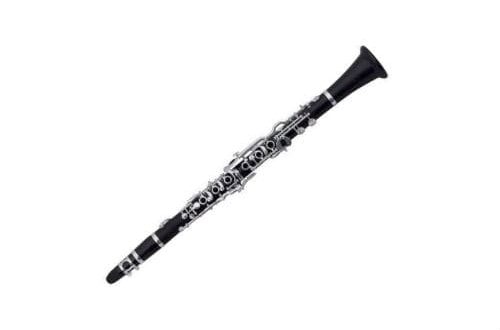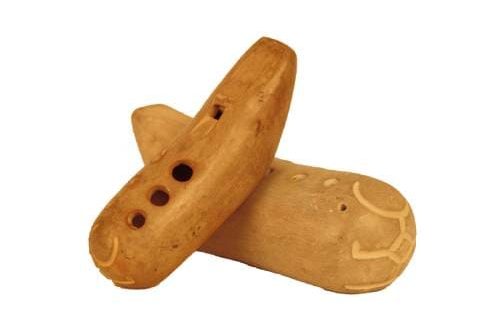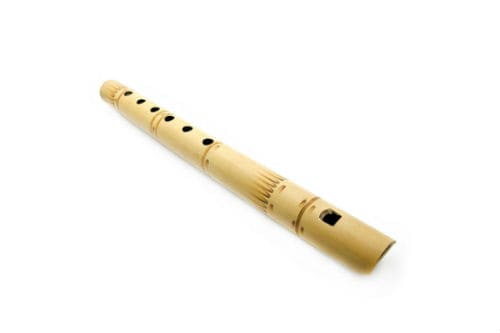
Dudka: what is it, instrument design, history of origin, types, use
Contents
Under the name “pipe” several varieties of longitudinal flutes are combined, which were used in the folklore of the Russian, Ukrainian and Belarusian peoples, spread in other countries, becoming part of their musical culture. Despite the small musical capabilities, this representative of the wind family was very popular among the common people.
Design
The device of the wooden tool is simple. This is a tube with a whistle device and holes. The pipes differ in size and shape. The length can vary from 20 to 50 centimeters. The ends are narrowed or expanded, cone-shaped or even.
There are solid and collapsible pipes. Sometimes performers play two pipes at once, united by one mouthpiece. Such an instrument is called a double pipe.
Craftsmen created structures by gouging or drilling out of wood. Different types of wood were used: ash, linden, hornbeam, pine, hazel. Reed and elderberry, willow bark gave a good sound.

Varieties of pipes
The musical instrument is represented by several types, each of which is given its own name. They differ in size and design features.
piston
The tube in the form of a cylinder has not only a whistle composition, but also a piston. When playing, the musician changes the position of the piston with rhythmic movements, changing the pitch of the sound. When air is blown in with the piston closed, the piston-pipe sounds high.
open pipe
Another type of Russian folk longitudinal flute with a beveled end that has a gap. The air is directed to the beveled edge, and the tongue plays the role of a wad, either closing or opening the gap. An open pipe is thinner than a piston; the diameter of the internal channel in this species is no more than one centimeter. The body of the instrument can have a different number of sound holes, samples with 5 holes are known in the Kursk region.
Kalyuka
A long pipe, one of the varieties of the overtone longitudinal flute. The instrument of an adult performer can reach a length of 70-80 centimeters, but each musician selects a pipe in accordance with his height and arm length. The fact is that the size of the air column during the Play is regulated by opening and closing the lower hole with the index finger. Kalyuka is made from dense stems of plants. The top opening is wider than the bottom.
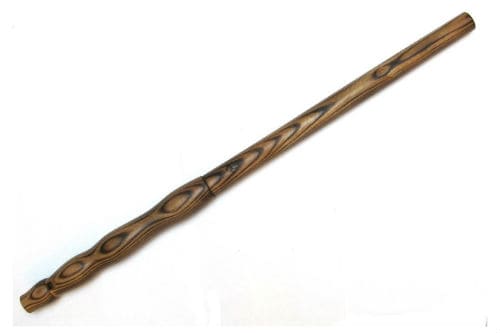
sopilka
This variety is common in Ukraine. The nozzle, in turn, combines three types:
- open – has 6 sound holes;
- whistle – the number of holes 5 or 6;
- labial-slit – has 6 holes, air is blown through the whistle cutout without a sleeve.
The first two types are typical for the peoples of Western Ukraine, the second is common in the southern and eastern regions.
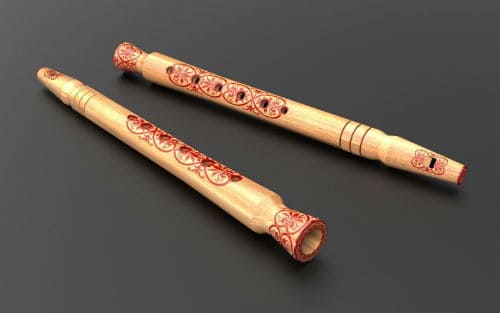
Pipe with three holes
In Western Ukraine, there is still a type of longitudinal folk flute, which in Europe is called a bagpipe. To play a pipe with three holes, you need dexterity, dexterity and a sense of rhythm, because the performer plays the pipe and the bell at the same time, holding them in different hands.
There are a huge number of varieties characteristic of different peoples and regions. They can look and be called differently: pitiful, pipes, horns, duda, snot, chibisga.
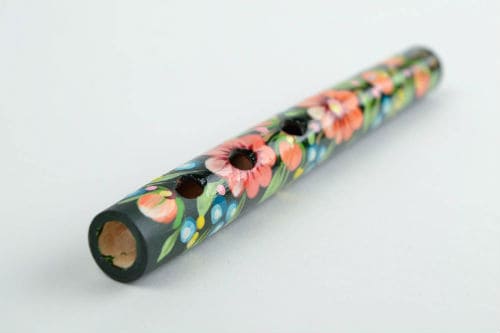
Using
In Russia, the pipe appeared even before the advent of Christianity. The Russian woodwind instrument was originally loved by shepherds. With the help of a pity, they called the cattle. It had an instrument and a sacred meaning, its sound accompanied conspiracies in case of cattle illness, and in the Carpathians it was believed that if you play the pipe at night, then the music will attract dark forces.
Later, tunes entered the life of the people, became affordable entertainment. A rare folklore ensemble of folk instruments can do without a pipe. The first ensemble of folk instruments under the direction of V.V. Andreeva. He managed to convey an academic sound to many of the simplest representatives of the wind family.

Today, psychologists and educators recommend that parents give pipes to their children so that they not only develop hearing and speech, but also fine motor skills. The sound of the instrument also has a positive effect on the psyche, it is actively used in music therapy.
Dudka in culture
In the books of folklore researchers, this instrument is mentioned very often. The pipe is spoken of in nursery rhymes, legends, songs, proverbs and sayings. They said about meek, obedient people that they “dance to someone else’s tune”, but about talented and successful people – “both a Swiss, and a reaper, and a player on the tune.”
Along with the harp, rattles, spoons, tambourines, the pipe became part of the folk ensemble, and is used to accompany folklore and author’s compositions.



